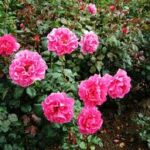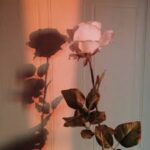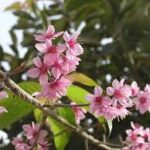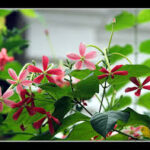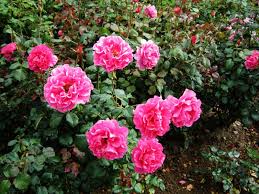 Colored braids are a popular hairstyle that has been featured in popular culture for many years. They are a versatile and stylish way to add a pop of color to a person’s look.
Colored braids are a popular hairstyle that has been featured in popular culture for many years. They are a versatile and stylish way to add a pop of color to a person’s look.
History of Colored Braids in Popular Culture
Colored braids have a long history in popular culture. They have been worn by people of all backgrounds and cultures, including African, Caribbean, and Native American cultures. In the 1960s and 1970s, colored braids became popular among hippies and other counterculture movements. They were seen as a way to rebel against traditional values and to express oneself.
Modern Popularity of Colored Braids in Popular Culture
In recent years, colored braids have become increasingly popular in popular culture. They are now worn by people of all ages and backgrounds. Colored braids are often seen as a way to express creativity and individuality.
How Colored Braids are Used in Popular Culture
Colored braids are used in popular culture in a variety of ways. They can be used to:
- Add a pop of color to a person’s look.
- Showcase a person’s personality or culture.
- Create a sense of style or fashion.
Colored Braids in Film and Television
Colored braids have been featured in film and television for many years. In the 1970s, the film Hair featured a group of hippies who wore colored braids. In the 1980s, the television show The Cosby Show featured the character of Denise Huxtable, who often wore colored braids.
In recent years, colored braids have become increasingly popular in film and television. They are now featured in a variety of films and television shows, including Black Panther, Insecure, and The Umbrella Academy.
Colored Braids in Music
Colored braids have been featured in music for many years. In the 1960s, the band The Beatles wore colored braids as a way to express their individuality. In the 1970s, the band The Jackson 5 wore colored braids as a way to showcase their African American heritage.
In recent years, colored braids have become increasingly popular in music. They are now featured in a variety of genres, including hip hop, R&B, and pop.
Colored Braids in Sports
Colored braids have been featured in sports for many years. In the 1970s, the tennis player Arthur Ashe wore colored braids as a way to express his individuality. In the 1980s, the basketball player Michael Jordan wore colored braids as a way to showcase his African American heritage.
In recent years, colored braids have become increasingly popular in sports. They are now featured in a variety of sports, including basketball, football, and track and field.
Colored Braids in Social Media
Colored braids have also become popular on social media. People often post photos and videos of themselves wearing colored braids. This has helped to spread awareness of the hairstyle and to make it more accessible to people of all backgrounds.
Conclusion
Colored braids are a versatile and stylish hairstyle that has been featured in popular culture for many years. They are a great way to add a pop of color to a person’s look and to showcase a person’s personality or culture.
Discussion
The popularity of colored braids in popular culture is a reflection of the growing diversity of the world. Colored braids are a way for people to express their individuality and to connect with their cultural heritage. They are also a way for people to challenge traditional beauty standards and to promote self-acceptance.
Of course, there is some debate about the use of colored braids by people of non-Black backgrounds. Some people argue that this is cultural appropriation, while others argue that it is a way to celebrate and appreciate different cultures. Ultimately, it is up to each individual to decide whether or not they feel comfortable wearing colored braids.
Despite the debate, colored braids are a popular and stylish hairstyle that is here to stay. They are a way for people to express themselves and to connect with their culture.
